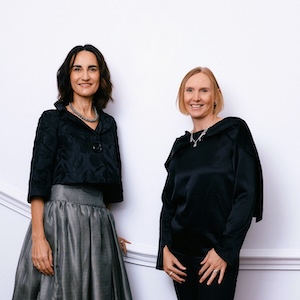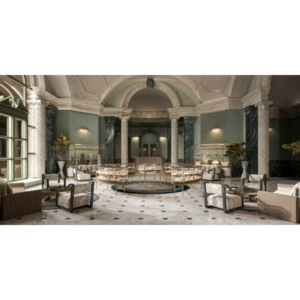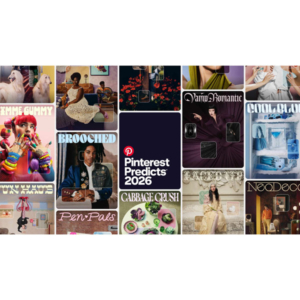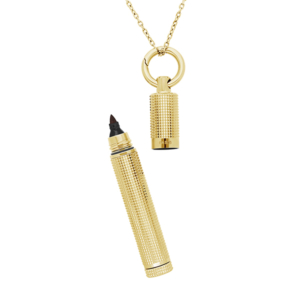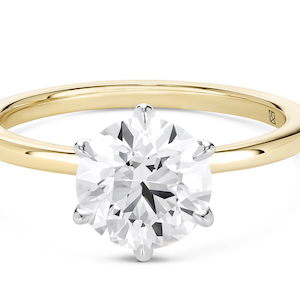
Out of the blue, De Beers’ lab-grown diamond brand, Lightbox, began selling engagement rings on its website last Thursday.
Unlike the carefully choreographed 2018 Lightbox launch, De Beers never made an announcement or issued a press release in advance. The engagement rings just appeared on the Lightbox homepage. I found out about it on LinkedIn. Sightholders felt blindsided.
De Beers did eventually provide an explanation for what it called a three-month “test,” with marketing limited to three primary markets (New York City, Dallas, and Atlanta):
We know that many of the LGD DER [diamond engagement ring] sales taking place are to consumers who have been “converted” in store to LGD, and often with misleading or insufficient information.
We believe this creates a risk to consumer confidence in both natural diamonds and LGDs, so we are testing DERs with Lightbox to better understand the LGD DER space and to provide those specifically wanting LGD DERs to access them from Lightbox with its commitment to clear information and accessible prices.
De Beers executives have told me privately that Lightbox hasn’t veered from its original strategy—it wants to disrupt the lab-grown engagement ring sector with a more competitively priced product.
But if De Beers’ goal is to lower prices for lab-grown engagement rings, it hasn’t checked the market lately. A 1 ct. “Finest” Lightbox diamond (D-F color, VVS clarity, excellent cut) sells for $1,500 (loose). You can buy a 1.05 ct. F VVS1 Ideal cut at Ritani for $707.
This test also has Lightbox diverging from its linear price structure. While a Finest diamond sells for $1,500 per carat, a 1 ct. Finest engagement ring in an 18k gold mounting goes for $2,500, which means the mounting presumably costs $1,000. Yet a 2 ct. Finest engagement ring costs $5,000, so it appears the mounting’s cost has doubled along with the diamond’s weight. (Lightbox tells JCK: “We have not held to a fixed price for this test. We are using this period to better understand consumer reaction to different propositions.”)
It’s unclear if Lightbox will have any effect on the market, considering it produces only about 200,000 carats a year. Lab-grown production will hit 15 million carats in 2023, according to analyst Paul Zimnisky.
As you may have guessed, I find the official line hard to swallow—especially since, when I asked Lightbox CEO Antoine Borde about the brand selling engagement rings, he said:
It’s a matter of listening to the consumer. We have a lot of consumers who ask, “When are you going to sell engagement rings?”… We are focused on listening to our consumers, because at the end of the day it’s important to answer to their demands.
Borde’s response is clear and simple. Lightbox is selling engagement rings because consumers want them. That will make us money. The end.
Essentially, De Beers is acting like J.C. Penney or Signet or any other retailer: It’s following the market. This wouldn’t be a big deal if it wasn’t De Beers.
But it is. And symbolically this looks terrible. What kind of message does it send, especially to jewelers who are on the fence about lab-grown (and some still are, especially overseas)? Yes, companies like De Beers should occasionally take risks, but there’s a reason big ships move slower than small ones. If they make a mistake, they create a lot more damage.
When Chow Tai Fook tested synthetic jewelry, it did so under a different name. The minute that was discovered, the test was pulled.
De Beers, on the other hand, has set itself up for comments like this, from an anchor at CBS News Minneapolis:
The head of De Beers said a couple of years ago that diamonds when they are lab-grown don’t have the emotional attachment that you have from mined diamonds.… Somehow, De Beers did a little turnaround when they created this new company.… They are saying, “We can grow diamonds, and they’re half the price, and now we think it’s just as good.”
De Beers may not have uttered those actual words, but there has been a turnaround, and this new Lightbox offering speaks for itself.
And it’s all happening as De Beers is renegotiating its most important contract, with Botswana. (The deadline is less than two weeks away.) Some in Botswana have harbored misgivings about Lightbox, as it makes it seem De Beers doesn’t need mined gemstones. Lightbox’s entry into the bridal market compounds that.
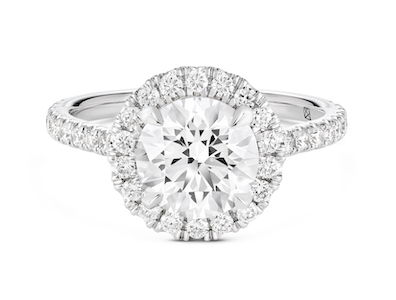
It is possible we are witnessing a corporate culture clash. De Beers has been described to me as “siloed,” with different divisions of the company not always coordinating with one another.
Element Six, the De Beers subsidiary that oversees Lightbox, is a tech business. It wants to sell its products, and is not tied in with the “diamond dream.” It has a new CEO. As do Lightbox, De Beers, and Anglo American, De Beers’ majority shareholder. The board at Anglo must notice that the margins on lab-growns far outstrip those of naturals.
There has long been a divide between those who want to use Lightbox to “protect” naturals and those who view it as a standard lab-grown business that can stand on its own. Several stalwarts of the “old guard”—the believers in natural diamonds, De Beers’ signature product—have left.
This is not the first time Element Six’s priorities didn’t line up with its parent’s. It sold diamonds to Pandora seemingly without considering how Pandora would market them. The result was…not good.
De Beers is an organization undergoing a lot of change, and it’s worth asking where Lightbox fits into the larger scheme of things.
Melissa Crivillaro, Lightbox’s chief marketing officer, wrote on LinkedIn that the brand “operates as an independently managed subsidiary of the De Beers Group.” When I interviewed Borde, he told me Lightbox didn’t feel any restrictions being owned by a diamond miner.
I was originally skeptical of that. I believe it more now.
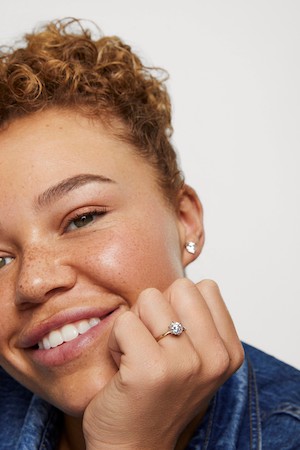
In the past year, natural diamonds have lost market share while lab-grown prices have plummeted. Both issues are causing agita in their respective sectors. Yet De Beers is arguably better off paying attention to the former and ignoring the latter, which is proceeding according to the laws of economics.
When asked what sparked the latest drastic price drop, most growers point not to Lightbox (they almost always say the brand gave their sector a boost) but to a high-profile company dumping goods in Dubai.
Some lab-grown sellers now say they plan to move away from bridal, as it has become too competitive, and toward fashion. And even though man-made product has better margins, many retailers can’t sustain their businesses on $1,000 and $2,000 engagement rings. The market is evolving the way the natural industry wants it to. De Beers may be on the verge of a semi-victory, yet this feels like it’s waving the white flag.
If De Beers sees a future for natural diamonds, it needs to stop the gamesmanship and put more money into promoting its product. One of the issues the lab-grown sector has had is that it’s been focused on splitting the existing pie rather than growing it. That has hurt the diamond business overall. And now De Beers—if we take it at its word—wants to split the pie even further.
Whether Lightbox’s move into engagement rings is a strategic gambit or a true line extension, it risks hurting the business that’s sustained De Beers for over a century. But short-term thinking has long been the story of lab-grown diamonds—and the diamond industry in general.
De Beers has met the enemy, and it is them.
Top: A 2 ct. Finest engagement ring from Lightbox (photos courtesy of Lightbox Jewelry)
- Subscribe to the JCK News Daily
- Subscribe to the JCK Special Report
- Follow JCK on Instagram: @jckmagazine
- Follow JCK on X: @jckmagazine
- Follow JCK on Facebook: @jckmagazine

